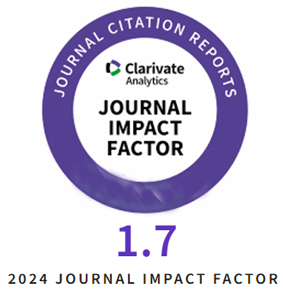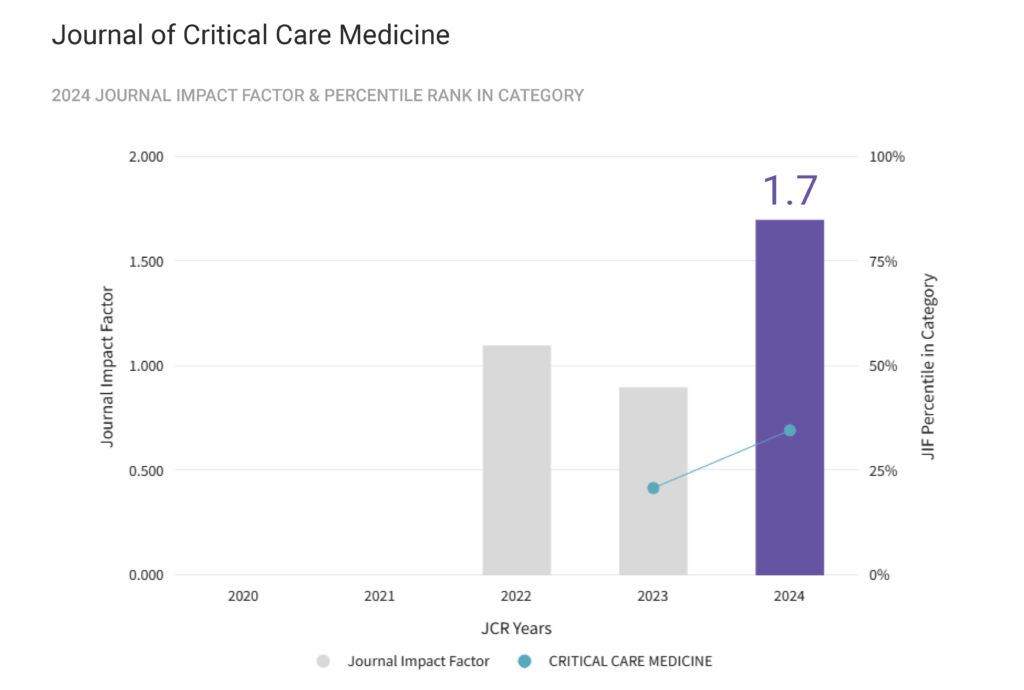Introduction: Hemoptysis is a commonly encountered diagnosis caused by blood originating from the respiratory tract. Current pharmacological guideline recommendations for treatment do not exist. Tranexamic acid is a synthetic anti-fibrinolytic used in the management of various bleeding complications. Tranexamic acid has gained popularity for the treatment of hemoptysis with limited side effect knowledge. Our aim is to describe the clinical characteristics of patients receiving nebulized tranexamic acid for hemoptysis and compare clinical outcomes to those of patients receiving supportive care.
Materials and Methods: This is a retrospective descriptive analysis performed in medical and ICU units at three tertiary hospitals. All patients were hospitalized with hemoptysis between January 1st, 2018 – December 31st, 2021. Demographic information, severity variables, and clinical outcomes were collected from medical records. For statistical analysis, we used t-test for continuous variables, chi-square or fishers’ exact test for categorical variables, and propensity analysis to adjust for disease severity and underlying medical conditions.
Results: 488 patients were identified; 96 received tranexamic acid. There were slightly more smokers in the no TXA group (p = 0.04) but otherwise the two groups were similar in terms of demographic characteristics. The average length of hospital and ICU stay, need for mechanical ventilation or bronchoscopy, and mortality were significantly higher in the tranexamic acid group (p<0.01). The propensity analysis showed higher odds of death with nebulized tranexamic acid use, OR 2.51 (1.56-4.02).
Conclusions: There appears to be an indication bias for tranexamic acid based on disease severity without an obvious improvement in clinical outcomes. Our analysis suggests that nebulized tranexamic acid for hemoptysis may be potentially harmful, and further larger prospective research is warranted.
Tag Archives: respiratory failure
Repeated Bronchoscopy – Treatment of Severe Respiratory Failure in a Fire Victim
A case of respiratory failure in a domestic fire victim presenting with 1-3-degree skin burns on 10% of the total body surface, is reported. Forty-eight hours after admission to hospital, the patient developed severe respiratory failure that did not respond to mechanical ventilation. Severe obstruction of the airway had resulted from secretions and deposits of soot-forming bronchial casts. The patient required repeated bronchoscopies to separate and remove the bronchial secretions and soot deposits. An emergency bronchial endoscopic exam was crucial in the patient’s survival and management. The patient was discharged from the hospital after twenty-four days.
Acquired Tracheal Diverticulum as an Unexpected Cause of Endotracheal Tube Cuff Leak
Introduction: Tracheal diverticulum has been associated with problems during endotracheal intubation but there are no reports concerning air leakage around an endotracheal tube (ETT).
Case report: The case of an elderly woman under mechanical ventilatory support because an exacerbation of chronic obstructive pulmonary disease (COPD) is reported. She presented with an inexplicably air leak around the endotracheal tube not attributed to structural defects. The intra-cuff pressure value was as high as 30 mmHg to prevent an air leakage. Bronchoscopy revealed a tracheal diverticulum at the site ofthe tube cuff that allowed air leakage around it. The problem was overcome by re-intubating the patient with a larger diameter tube and positioning its distal end above the diverticular opening.
Discussion: Endotracheal tube air leak is a frequently neglected problem. COPD and other inflammatory conditions are associated with changes in the elastic properties of the airways resulting in tracheomegaly or acquired tracheal diverticulum. Both entities have been linked to problems during intubation or ventilation of patients. However tracheal diverticulum has not been described previously as a cause of air leakage.
Conclusion: Acquired tracheal diverticulum should be recognized as a cause of air leakage in the intubated patient, especially if associated with a normal or elevated intracuff pressure.










